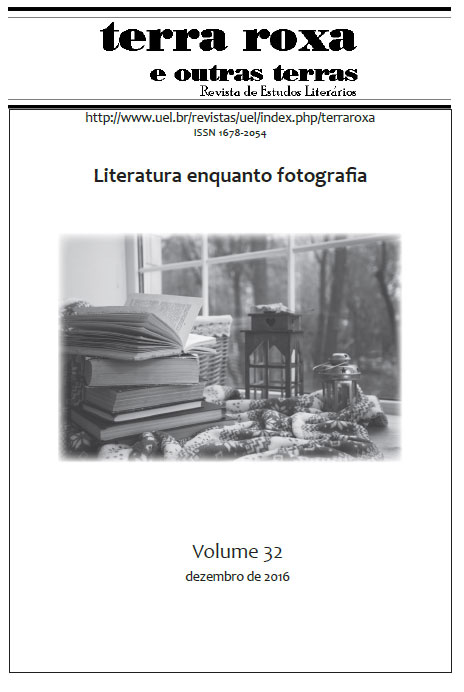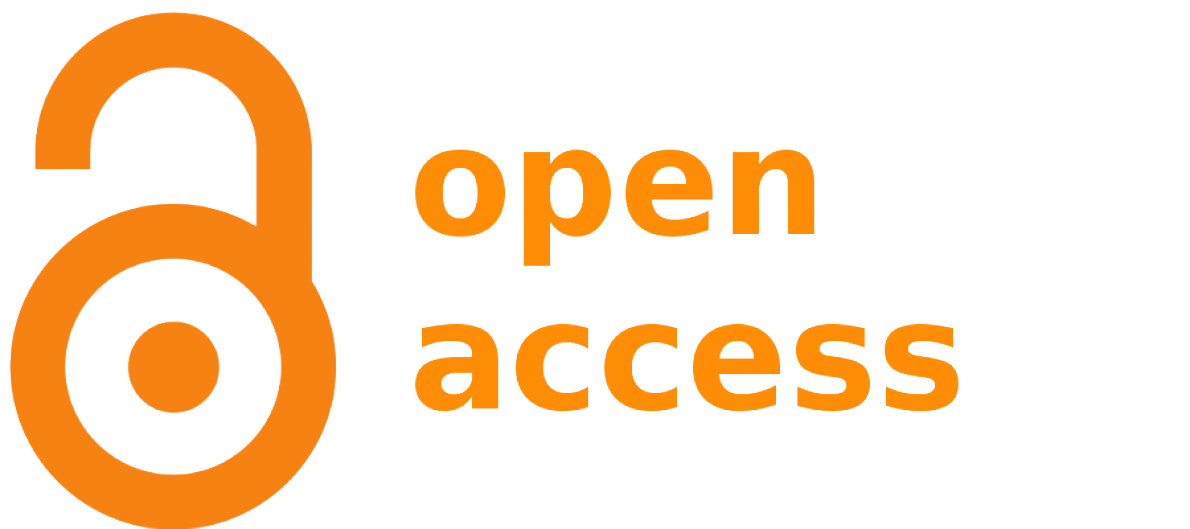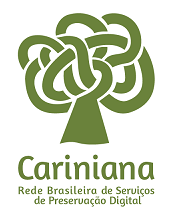Images from Quaderni di Serafino Gubbio operatore: deceit or representation?
DOI:
https://doi.org/10.5433/1678-2054.2016v32p21Keywords:
Image, Serafino Gubbio, Perspectivism, PirandelloAbstract
Abstract: In Quaderni di Serafino Gubbio operatore, the Italian writer Luigi Pirandello performs a scathing critique of the cinema and the false image that modern machinery started to capture, freezing in time, modifying and reproducing. The prospective look exploited in the novel shows the impossibility for representing the reality through an image which is frozen in time and space. The central idea expressed in the notebooks of Serafino Gubbio is: there is always something else beyond the image. Our objective in this study is to verify in the narrative plot, how Pirandello disclose his own mistrust on what is seen, whether on a photography, a movie screen or in a literary description.Downloads
References
GANERI, M. Pirandello romanziere. Catanzaro: Rubbettino, 2001.
PATRIZI, G. Proze contro il romanzo: antiromanzi e metanarrativa nel Novecento italiano. Napoli: Liguori, 1996.
PIRANDELLO, L. Cadernos de Serafino Gubbio operador. Trad. Sérgio Mauro. São Paulo: Vozes, 1990.
PIRANDELLO, L. “O humorismo”. J. Guinsburg. Pirandello: do teatro no teatro. Trad. J. Guinsburg. São Paulo: Perspectiva, 1999. p. 141-177.
Downloads
Published
How to Cite
Issue
Section
License
Authors who publish in this journal agree to the following terms:
a) The authors retain the copyright and grant the journal the right of first publication, the work being simultaneously licensed under the Creative Commons Attribution-NonCommercial 4.0 International License, allowing the sharing of the work with acknowledgment of the authorship of the work and initial publication in this journal.
b) Authors are authorized to assume additional contracts separately, for non-exclusive distribution of the version of the work published in this journal (eg, publish in an institutional repository or as a book chapter), with acknowledgment of authorship and initial publication in this journal.
c) Authors are allowed and encouraged to publish and distribute their work online (e.g. in institutional repositories or on their personal page) after the editorial process, as this can generate productive changes as well as increase impact and citation of the published work (See The Effect of Open Access).
d) The authors of the approved works authorize the journal to, after publication, transfer their content for reproduction in content indexers, virtual libraries and the like.
e) The authors assume that the texts submitted for publication are of their original creation, taking full responsibility for their content in case of any objection by third parties.



















